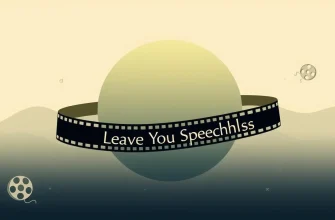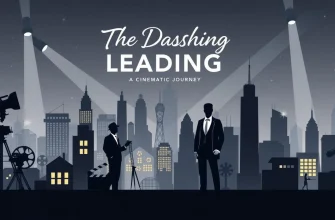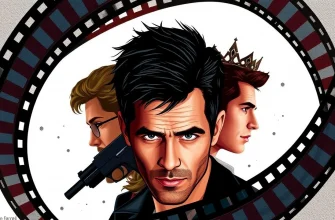The theme of trash and waste in cinema often serves as a metaphor for societal decay, environmental concerns, and human behavior. This curated list of 10 films delves into various aspects of trash, from literal garbage to metaphorical waste, providing viewers with a unique lens through which to view our world. These movies not only entertain but also provoke thought about our consumption habits, the environment, and the future of our planet.
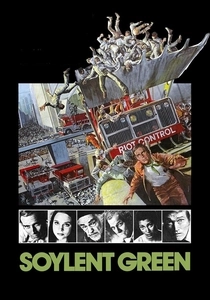
Soylent Green (1973)
Description: Set in an overpopulated future where food is scarce, the film uses trash and human waste as a central theme, culminating in the shocking revelation about Soylent Green.
Fact: The film was inspired by Harry Harrison's novel "Make Room! Make Room!" but took creative liberties with the plot.
 Watch Now
Watch Now 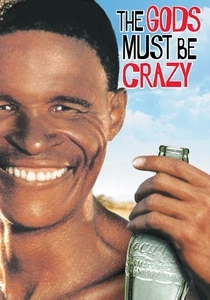
The Gods Must Be Crazy (1980)
Description: This comedy follows a Kalahari bushman who encounters a Coca-Cola bottle, which he perceives as a gift from the gods, leading to humorous and insightful commentary on consumer waste.
Fact: The film was a massive hit in South Africa and became one of the most successful foreign films in the U.S. at the time.
 Watch Now
Watch Now 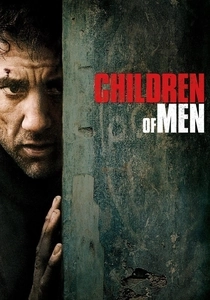
Children of Men (2006)
Description: In a dystopian future where humans can no longer procreate, the world is depicted as a decaying, trash-filled environment, reflecting societal collapse.
Fact: The film features a famous single-take scene that lasts over six minutes, showcasing the chaos and trash-strewn streets of London.
 Watch Now
Watch Now 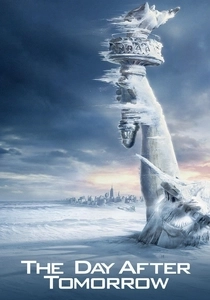
The Day After Tomorrow (2004)
Description: Although primarily a disaster film, it includes scenes of trash and debris being swept up by extreme weather events, symbolizing the consequences of environmental neglect.
Fact: The film used over 100,000 gallons of water for its flood scenes, showcasing the scale of environmental impact.
 Watch Now
Watch Now 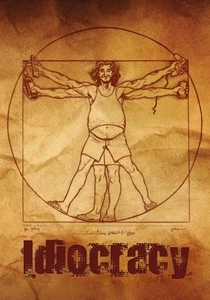
Idiocracy (2006)
Description: In this satirical comedy, an average Joe wakes up 500 years in the future to find society has devolved into a trash-filled wasteland due to rampant consumerism and lack of intelligence.
Fact: The film was initially shelved by 20th Century Fox due to its controversial content but was later released after gaining a cult following.
 Watch Now
Watch Now 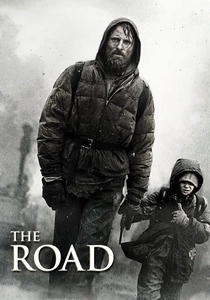
The Road (2009)
Description: While not exclusively about trash, this post-apocalyptic film shows a world where civilization has collapsed, leaving behind a landscape littered with the remnants of human life.
Fact: The film was shot in various locations in Pennsylvania, which were transformed to look like a desolate, trash-strewn world.
 Watch Now
Watch Now 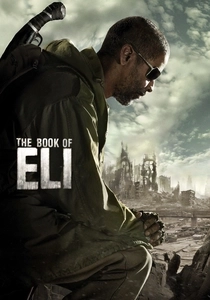
The Book of Eli (2010)
Description: In a post-apocalyptic world, the remnants of society live amidst trash and ruins, with the protagonist Eli navigating this landscape in search of purpose.
Fact: The film's ending reveals a twist about the book Eli has been protecting, which has implications for the future of humanity.
 Watch Now
Watch Now 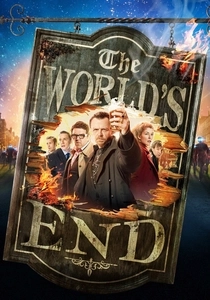
The World's End (2013)
Description: This sci-fi comedy features a group of friends attempting to complete a pub crawl, only to find their town overrun by alien invaders, with trash and chaos as a backdrop.
Fact: The film is the third in Edgar Wright's "Three Flavours Cornetto" trilogy, each film dealing with different aspects of British culture.
 Watch Now
Watch Now 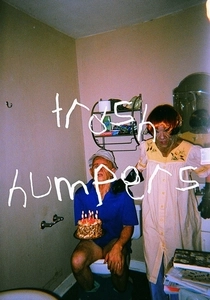
Trash Humpers (2009)
Description: Harmony Korine's experimental film features characters who engage in bizarre activities with trash, exploring themes of decay and societal rejection.
Fact: The film was shot on VHS to give it an authentic, degraded look, reflecting the theme of trash.
 30 Days Free
30 Days Free 
WALL-E (2008)
Description: This animated film by Pixar explores a future where Earth is covered in trash, and a small robot named WALL-E is left to clean up. It's a poignant look at consumerism and environmental neglect.
Fact: WALL-E was the first Pixar film to be nominated for Best Picture at the Academy Awards. The film contains no dialogue for the first 39 minutes.
 30 Days Free
30 Days Free 




